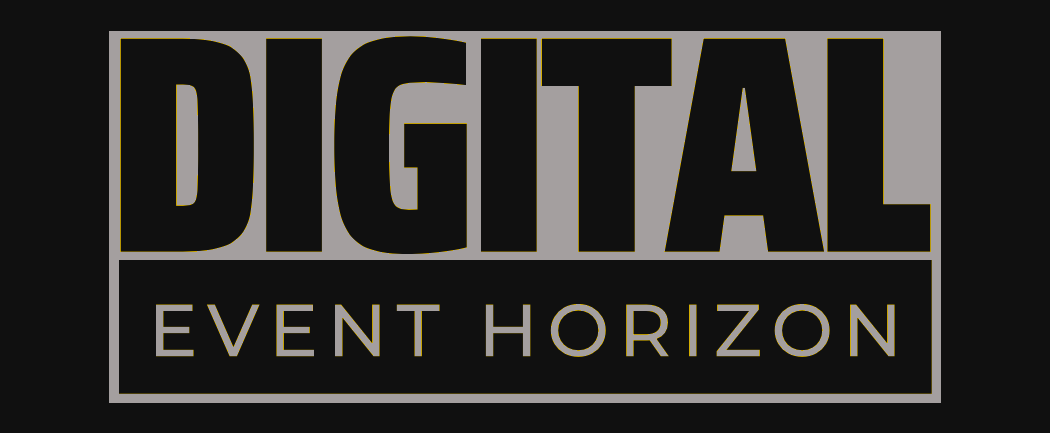
Today's AI/ML headlines are brought to you by ThreatPerspective
| Follow @DigEventHorizon |

| Follow @DigEventHorizon |
Spectral JPEG XL, a novel compression format designed to tackle the mounting challenges faced by industries working with specialized images, promises to revolutionize scientific visualization and computer graphics. By reducing file sizes by 10 to 60 times compared to standard OpenEXR lossless compression, Spectral JPEG XL offers unparalleled efficiency for applications like automotive design and spectral imaging.
In a groundbreaking breakthrough, researchers Alban Fichet and Christoph Peters at Intel Corporation have introduced a novel compression format called Spectral JPEG XL, designed to tackle the mounting challenges faced by industries working with specialized images. These images, which capture light's intensity in numerous narrow bands of wavelengths, were previously hindered by massive file sizes that made them unwieldy to store and analyze.
The advent of spectral imaging has opened up new avenues for scientific visualization, computer graphics, and high-end rendering applications. By storing information across numerous channels, each representing the intensity of light within a very specific band of wavelengths, these images offer unparalleled accuracy in simulating how materials interact with light. The most notable example is the use of spectral imaging to analyze gamma-ray bursts, identify chemicals in explosions, and even uncover hidden text and annotations on medieval manuscripts like the Voynich Manuscript.
Spectral JPEG XL aims to address the bottleneck presented by these specialized images. Traditional compression formats like OpenEXR and ZIP struggle with the large number of spectral channels, resulting in unwieldy file sizes that hinder practical work. To overcome this challenge, Fichet and Peters have developed a technique utilizing a discrete cosine transform (DCT) to compress these massive files.
The DCT works by converting smooth wavelength patterns into a set of wave-like patterns (frequency coefficients) that, when added together, recreate the original spectral information. This process allows Spectral JPEG XL to retain the important patterns defining how light interacts with materials while discarding less critical details. By employing this technique, Fichet and Peters have successfully reduced file sizes by 10 to 60 times compared to standard OpenEXR lossless compression.
While some information is sacrificed during the compression process, making Spectral JPEG XL a "lossy" format, the researchers designed it to discard the least noticeable details first, focusing on preserving important visual information. This approach is reminiscent of MP3's method for music compression, which discards less critical frequency patterns to achieve efficient storage.
The practical benefits of Spectral JPEG XL are significant. Smaller files mean faster transfer times, reduced storage costs, and the ability to work with these images more interactively without specialized hardware. This is particularly crucial for industries like automotive design, where predicting paint colors under different lighting conditions requires accurate spectral analysis.
However, there are limitations to this new technique. Translating research results into widespread practical use hinges on continued development and refinement of software tools that handle JPEG XL encoding and decoding. Initial implementations may need further development to unlock every feature fully. Additionally, some researchers handling sensitive measurements might require alternative methods for storage due to the lossy nature of Spectral JPEG XL.
In conclusion, Spectral JPEG XL represents a significant milestone in image compression technology, offering hope for industries working with specialized images to overcome the challenges posed by massive file sizes. As research continues to evolve and software tools improve, this format is poised to revolutionize scientific visualization, computer graphics, and high-end rendering applications.
| Follow @DigEventHorizon |